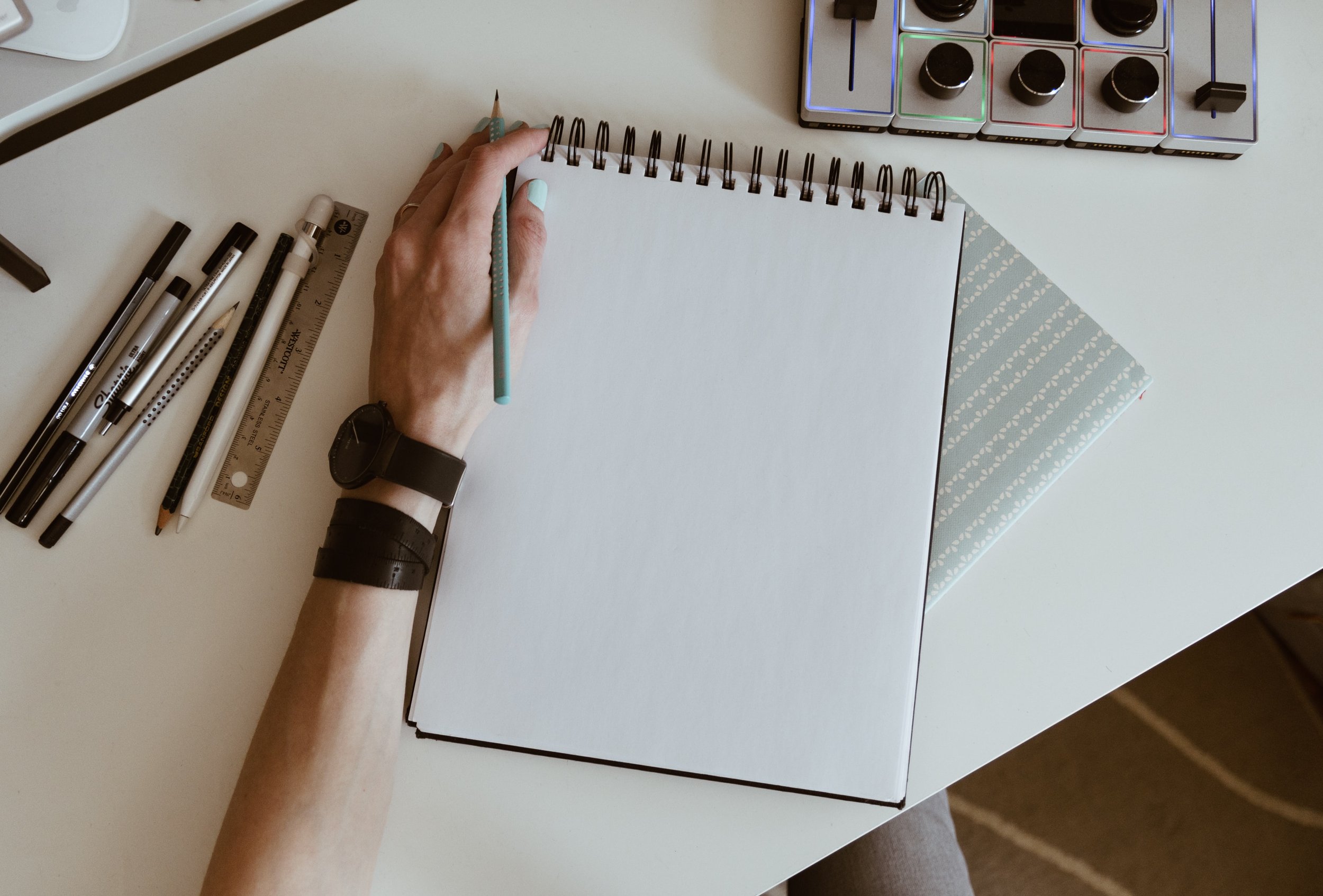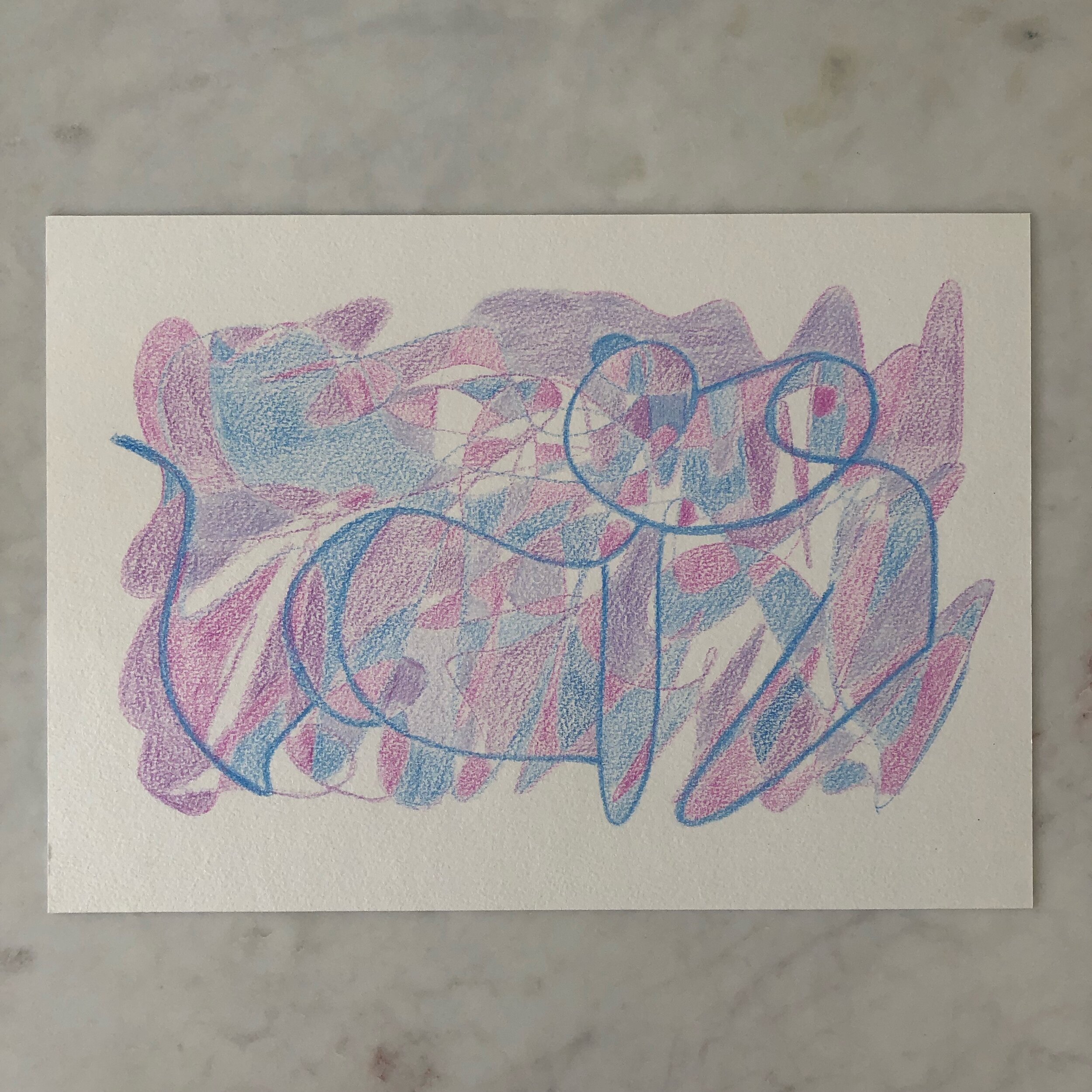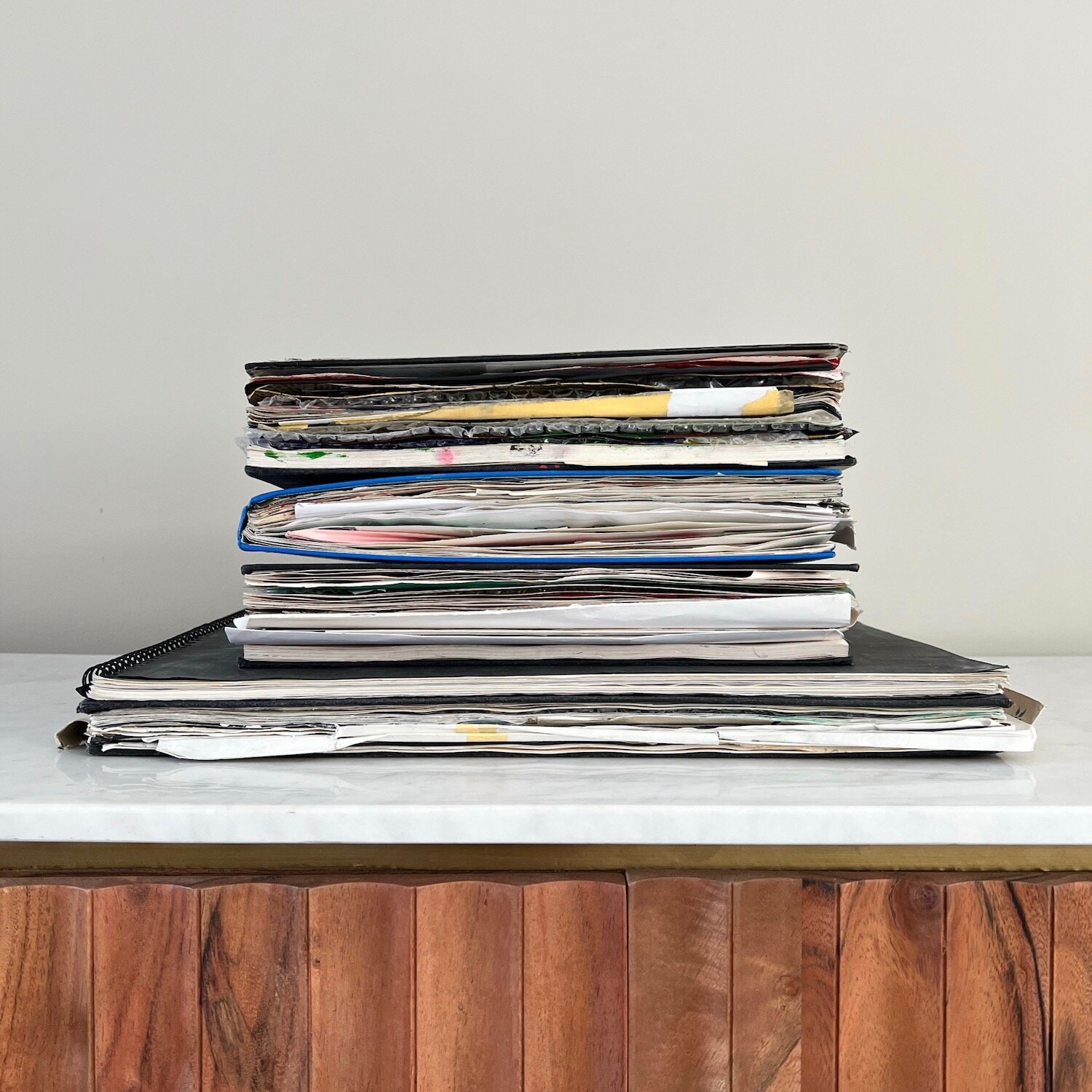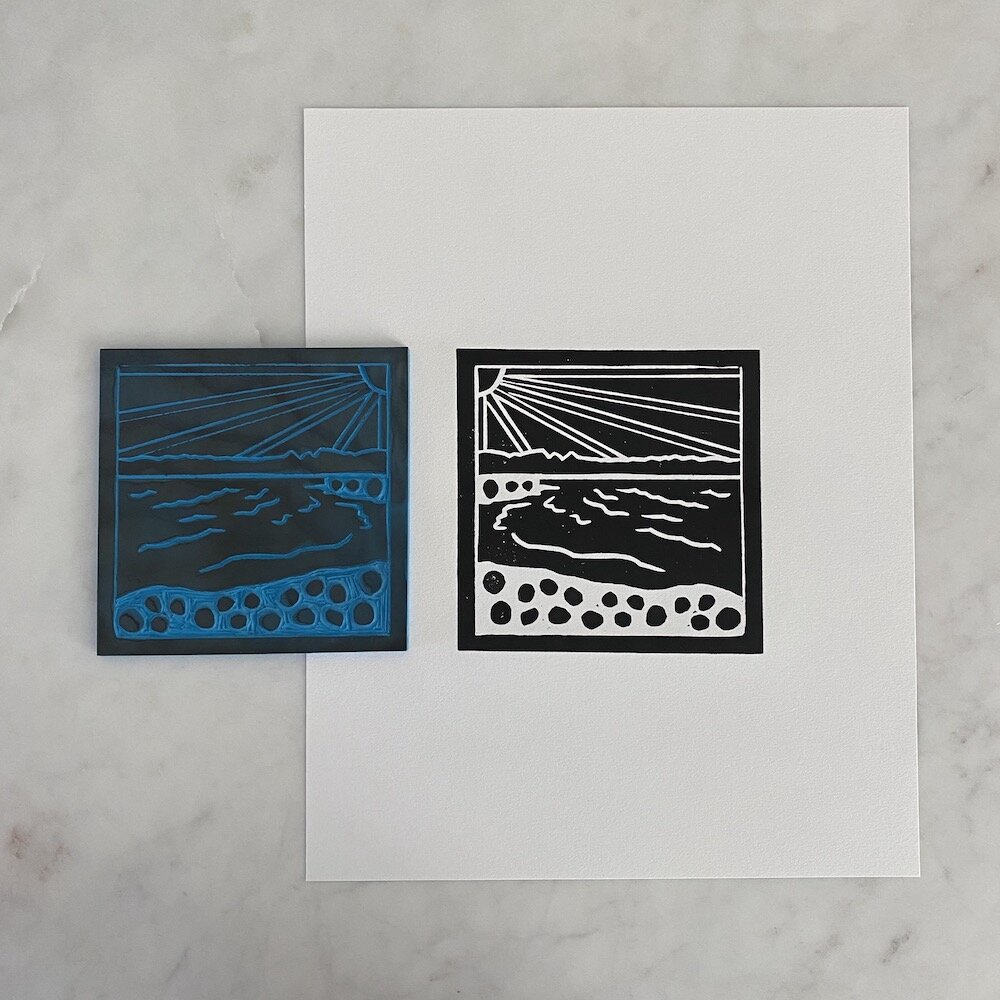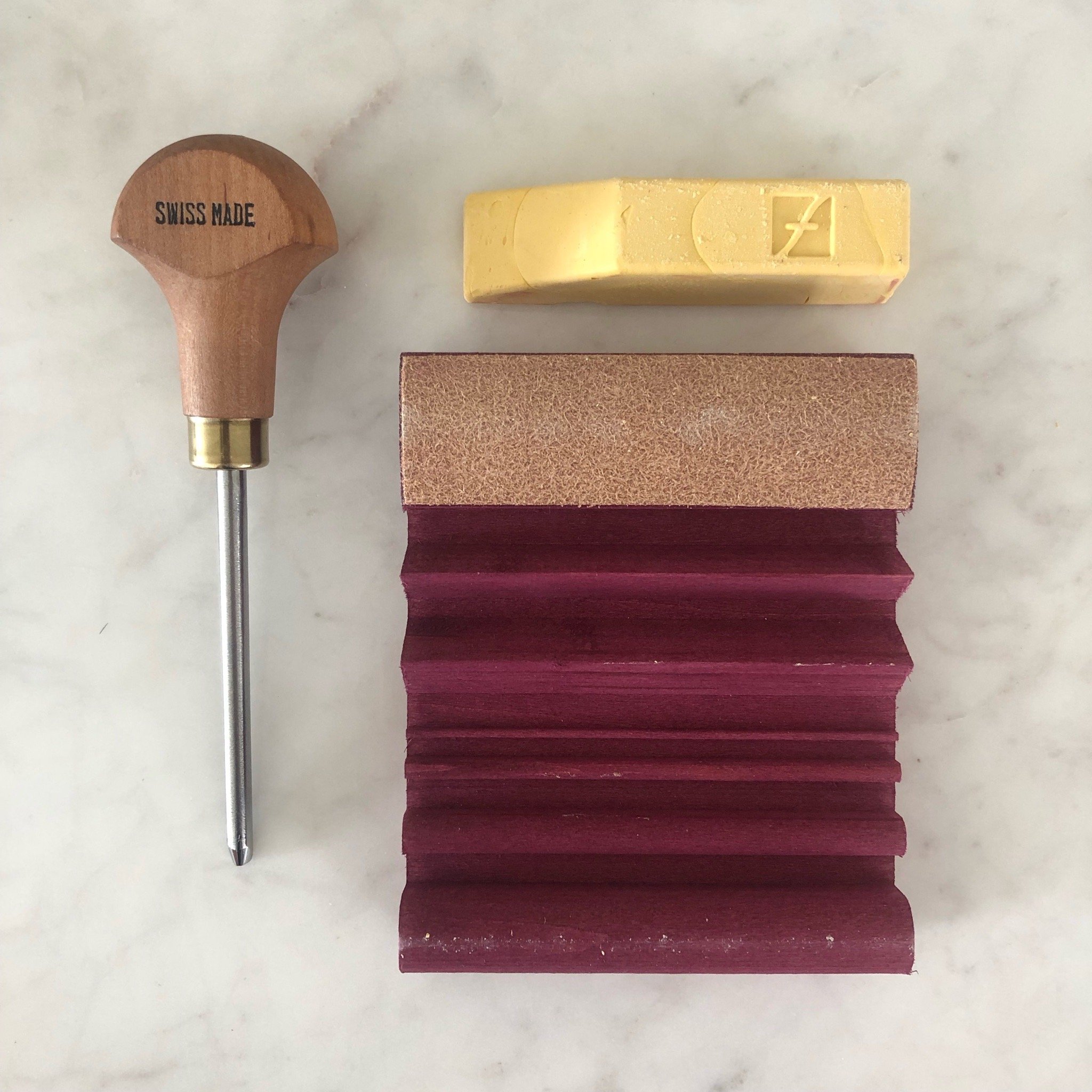How to Find Time to do Artwork
How do you find time to do artwork and craft activities?
This is something I know well; you have a busy full-time job or a hectic family life or both and alongside all the other daily chores and commitments, there simply isn’t time to do the arts and/or crafts that you’ve got your heart set on.
Engaging in artwork provides immense benefits—it allows self-expression, reduces stress, and enhances mental wellbeing. Finding ways to incorporate artwork into our routine is worth the effort.
This article will provide you with an overview of practical strategies for locating and protecting time for making artwork. I know it works because these are the steps I followed myself and I now have a regular art practice.
Activity Duration: 15 minutes per week
Equipment: A pencil and sketchbook
How much time do you need to start Arts and Crafts?
My recommendation is to set aside 15 minutes once a week for your creativity.
It is easy to assume you need at least 3 hours on a regular basis to focus on your creativity. The problem is, very few people have anywhere near 3 hours to spare - especially not on a regular basis! So the weeks and months pass by and your sketchbook remains untouched.
The first step in locating time for artwork is taking a close look at how you currently spend each day and week.
Look for chunks of time that could be reallocated to making artwork. For example, aim to cut discretionary screen time on activities like television, social media, and casual web browsing.
A shift in my thinking occurred when I read the book ‘The Happiness Project’ By Gretchen Ruben.
In this book Ruben talks about ‘productive time’. She believed she couldn’t write productively unless she had at least 3 or 4 hours with no interruptions and was frustrated that this was so hard to arrange. However, after testing her theory she realised that she was more productive when she had less time. 90 minutes turned out to be the optimally efficient length of time - long enough to get real work done, but not too long to lose concentration.
After further research, Ruben found that when she squeezed in an extra fifteen minutes, she was really able to boost her productivity. Since reading this book I have also found my attitude to ‘productive time’ has changed and by prioritising a little artwork each week, I have been able to get a lot more accomplished.
Not many people can find 3 hours in their week or even 90 minutes, but most people can find 15 minutes. This can be found by cutting out 15 minutes of checking your phone after dinner or turning off the TV 15 minutes early one evening each week.
If you are committed to getting creative, this should be possible. I found that once I got into the routine of finding 15 minutes for creativity, it became easier to find more time. I would suggest committing to 15 minutes of creativity per week and you will soon make progress.
Start with small, manageable time blocks that you feel are achievable, such as:
30 minutes 2-3 times per week
1 hour every Sunday evening
Perhaps you commute to work by train, and could use some of the time to sketch.
What equipment do you need to start Arts and Crafts?
Start with a pencil and a sketchbook. Anything else will be a bonus.
You can add to any supplies you have, as you need them and when time allows - there is no rush. The key is to get started.
Here are some of the basic equipment and supplies that you could consider using for your arts and craft if available:
Drawing supplies - pencils, erasers, sharpeners, sketch pads/paper
Painting supplies - paints, brushes, palettes, canvases
Collage - scissors, glue, magazines, coloured paper
Printmaking - carving blocks, ink, press or tools for transferring
General crafts - mod podge, paint pens, stickers
The specific supplies needed depends on the type of crafts you want to focus on. But having basics like paper, scissors, glue, paint and drawing tools allows you to explore a variety of media to start out. Some basic hand tools like pliers and scissors are useful for many types of crafts as well.
Overcoming fear of failure or imposter-syndrome
This isn’t something that will apply to everyone, but there will be a lot of people who can identify with imposter-syndrome and worry about simply not being very good. The fear of failure can stop you achieving anything before you have even started, so it must be overcome.
If fear of failure is something that is stopping you from being creative, it is important to remember that you are not alone and that no one has to see your work if you don’t want them to.
Try to focus on the process of being creative and try to forget about the outcome.
As your confidence improves you may want to start sharing your work with family and friends or on social media, but you don’t have to.
Here are some more tips for overcoming fear of failure and imposter syndrome as an artist:
Reframe failure as a learning opportunity. Each perceived "failure" provides valuable insights to improve.
Focus on the process, not the end result. Enjoy the creative process for its own sake.
Celebrate small wins and milestones. Track your progress to see how far you've come.
Find a community or accountability partner. Support from others helps overcome self-doubt.
Be your own biggest cheerleader. Talk to yourself with the encouragement you'd give a friend.
Separate your self-worth from your art. You are so much more than your creative output.
Remind yourself that confidence comes from competence. Skill builds through practice over time.
Set small, achievable goals. Small victories boost self-assurance for bigger challenges.
Don't compare your behind-the-scenes to others' highlights reel. Everyone struggles sometimes.
Focus on self-competition, not others. Aim to outdo your past self, not arbitrary standards.
Cultivate self-compassion. Recognise your inner critic and treat yourself with kindness.
The key is shifting your mindset to view art-making as a lifelong learning process. With time and self-care, imposter syndrome fades.
Quick ideas to get creative
It may be that you know exactly what you want to do with your new-found 15 minutes per week of art and crafts, but if not, I have set out a variety of art prompts to get you started.
Ideally, as you try out the art prompts that appeal to you, the direction you want to go in becomes more clear.
When you get stuck or lose a creative spark, you can return to the art prompts time and again to get you back on track.
Scribble Drawing – You only need a piece of paper and a pen, pencil or crayon. These materials can be adapted, as preferred. This technique involves closing your eyes and simply scribbling over the paper. This process can be repeated using different colours and once completed could be taken further by creating an image within the scribble or colouring in the different shapes.
Simple Circles - You only need a pen or pencil and something to draw on. Begin by slowly drawing a small circle on the page, making sure to complete the circle. Then repeat this process multiple times, using larger and smaller circles, allowing them to join each other on the page or perhaps even exploring with spiral shapes. Each time, taking it slowly.
Draw with your non-dominant hand - This was a suggestion I first heard way back at school; drawing with your non-dominant hand can help with your creativity.
The original theory was that writing and drawing with the non-dominant hand provides more access to right brain functions like feeling, intuition, spirituality and creativity.
Current thinking is that the whole brain contributes to creativity, but drawing with your non-dominant hand is a technique that provides a spontaneous form of expression that helps you let go of control and judgment about creative output. This in turn can lead to artwork that is more fluid and expressive, that you can learn from when returning to drawing with your dominant hand. It also allows you to focus on the process, not the outcome and may help you discover where you want to focus your creative energy moving forward.
Draw with your eyes closed - The benefit of drawing with your eyes closed is that you are removing one of your main artistic senses, sight.
With your sight temporarily removed, internal sensations and emotions are more powerful and can influence the outcome.
You could draw a self portrait, a still life or something from nature.
In a similar way to drawing with your non-dominant hand, this is another activity that places the focus on the process far more than on the finished piece of work.
All these activities are designed as ways to reveal our internal experiences, they can help us to better understand our unconscious experiences, which can be very powerful for informing the creative direction you might want to take.
Here are some other quick and easy ideas to spark creativity:
Impose limits or constraints - Set a timer, limit colors or materials to spark unconventional ideas.
Combine unrelated things - Merge random words, images, objects to invent something new.
Observe the world around you - Notice details, textures, patterns that you can incorporate.
Change your environment - Work in a new space to bring a fresh perspective.
Consume inspiring media - Read, watch films, listen to music that energises your creativity.
Move your body - Take a walk, stretch, or dance to get your creative juices flowing.
Make a "junk drawer" - Have a stash of random supplies to tinker and play with.
Follow intuition - Don't overthink, just go with your gut and flow freely.
The key is to shake up your normal patterns and assumptions. A little spur-of-the-moment play can work wonders!
Further ideas if you have more time
Do an art activity with your child - If you have children, joining in with their art and craft activities can be a great way to spark your creativity.
This will take longer than 15 minutes, but I always found it easier to set aside time for my children to do arts and crafts than I ever did to focus on my own creativity, so it can be a way to build creativity into your life.
Unfortunately this is unlikely to work if you have very young children as you have to focus on helping them, but with many children who are 5+, this should be possible and it has the added benefit of being a great bonding exercise to work together.
I would suggest Handimals or Block Printing for Kids - please see my other blog posts for a step by step guide for each of these activities.
Lino Printing - The reason I am suggesting lino printing is because it’s the activity that helped get my regular art practice underway. You are likely to need more than 15 minutes in one sitting, but can make progress without a huge time commitment.
Another practicality of lino printing is that it doesn’t need a lot of equipment or take up a lot of space initially, so can be a great activity to fit alongside a hectic life. I have written a Beginners Guide to Lino printing that you may find useful if lino printing appeals to you.
I hope you have found this blog post useful and are able to build a regular art or craft practice into your life. If you have been successful in achieving this, please let me know at sarahransomeart@gmail.com - I would love to see your work!
